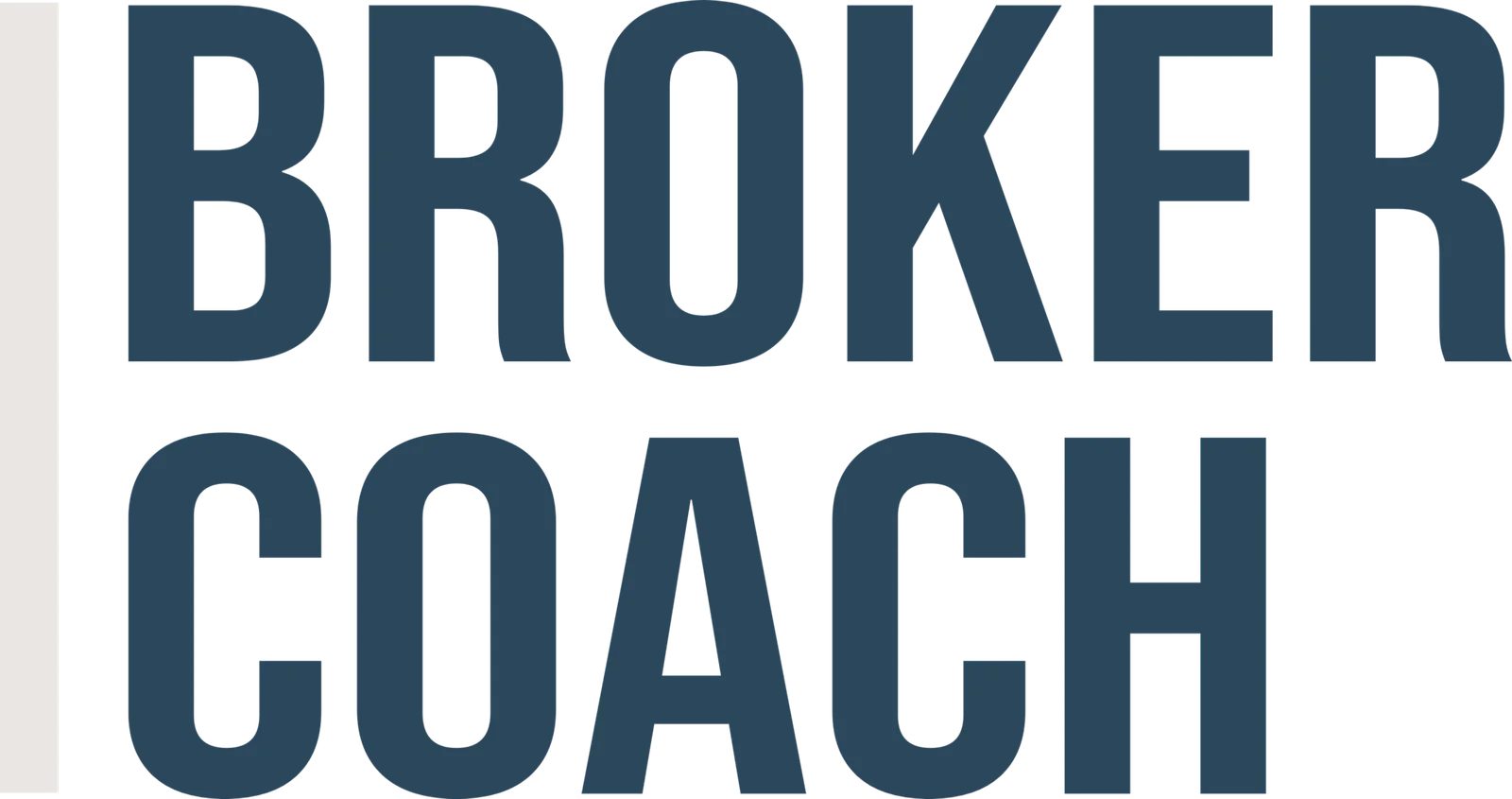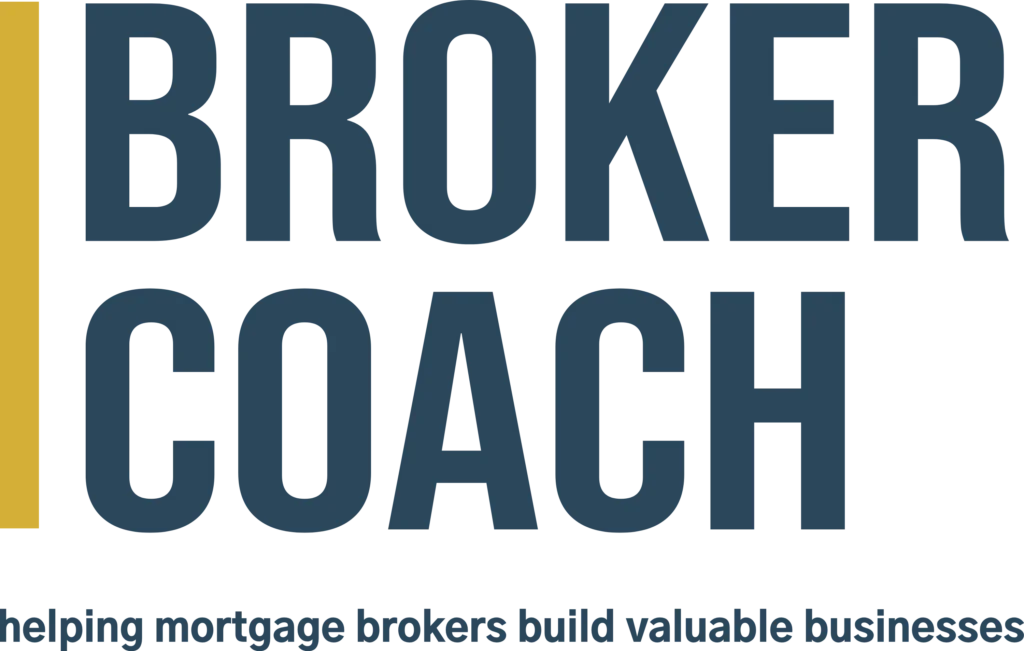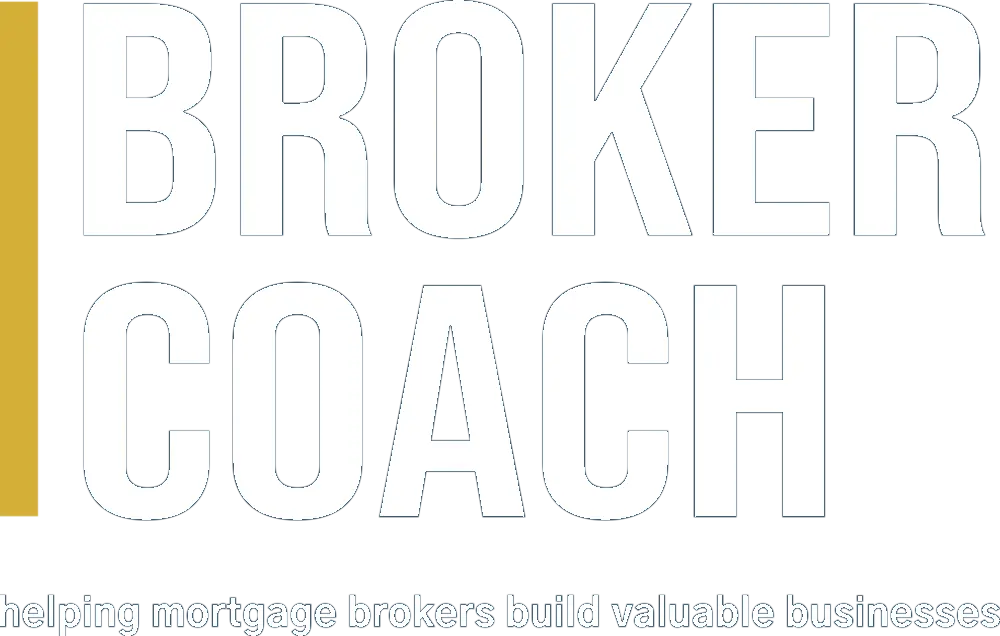If we’re writing $2M/month and doing it all ourselves, that’s totally normal. Most good mortgage brokers can hit that mark solo — no ops support, no second broker, just clean execution and hustle. But once we start edging toward $4M–$6M, the strain kicks in. Inbox chaos, dropped follow-ups, submissions running late — it starts feeling like we’re the bottleneck, not the engine.
It’s not a skill problem. It’s a structure problem. And that’s exactly where delegation becomes not just helpful — but essential. A mortgage broker coach will often highlight that delegation isn’t about losing control — it’s about building the structure that keeps growth sustainable.
We Don’t Need “Help” — We Need Ownership
When most brokers hit volume and start drowning, the instinct is to hire help. A VA. A junior. Someone to pitch in. But patchwork help doesn’t solve bottlenecks — ownership does.
What we need are responsible parties. People who own parts of the process, start to finish, so we’re not cleaning up or circling back every five minutes.
The model that’s worked best for me — and for other brokers writing big numbers — is a staged delegation path:
- Settlements + Submissions Officer: Same person, dual focus. Handles all the post-file heavy lifting — from prepping the docs and chasing the lender to managing the settlement process. High labour, low complexity. Absolutely critical.
- Credit Analyst: Once volume’s serious and we’re quoting multiple scenarios daily, this role helps with structuring, product selection, and keeping us sharp — without getting bogged down.
- Mortgage Broker: This one’s tricky. We don’t bring in another broker unless we’ve got the leads, systems, and support to back them. Otherwise, we’ve just hired someone who needs us more than we need them. No competitive advantage = no retention.
That’s the ladder. Most mistakes happen when we skip steps or hire out of panic — which leads to chaos, not control.
Systems That Get Us to $2M Won’t Get Us to $8M
If we’re still using a Google Sheet to track every file or writing follow-up emails from scratch, it’s only a matter of time before things fall over.
The $2M/month system is often scrappy and reactive. But to run $8M+ clean, we need team, tech, and tools working together.
- Team handles the workload
- Tech drives the workflow
- Tools keep us consistent and compliant
The aim isn’t automation for the sake of it — it’s removing friction. If a file can’t move through onboarding, submission, approval and settlement without us jumping in 10 times, the system isn’t tight enough.
Lead Gen Shouldn’t Be a Yo-Yo
I’ve made this mistake too many times. Marketing is pumping, leads are coming in, we get busy — so we stop posting, pause the ads, and neglect the follow-up. Then… the pipeline dries up.
Next thing you know, we’re having a record month — followed by radio silence.
The lead engine that’s worked for me looks like this:
- Niche-first: Get clear on who we’re for. Speak their language.
- Paid ads second: Use them to top up volume as needed.
- Content third: Builds trust and keeps us top of mind.
- Five-star experience: This is the real growth hack — because word of mouth only flows when clients feel looked after start to finish.
If that engine runs consistently, everything else gets easier. Hiring. Planning. Delivering. And more importantly — maintaining the standard when volume spikes.
It’s Not Just Time We’re Losing — It’s Opportunity
When we’re stuck chasing documents, rewriting file notes, or calling banks for updates, we’re not just wasting hours — we’re missing the bigger game.
Even a solo broker with $10K/month in trail has a $120K/year income stream — and that’s worth $360K on a 3x multiple. That’s real equity.
But what if we grow that to $20K… or $30K/month?
Now we’re talking $720K to $1M+ in future value.
Every time we delay building the backend, we’re not just burning time — we’re bleeding opportunity cost.
Delegation Isn’t About Losing Control — It’s How We Keep Growing Without Losing It
I get it. Letting go of the parts we’ve built by hand is hard. But holding on too tight is what stalls us. And worse — it keeps us from doing the stuff we’re actually best at: connecting with clients, structuring deals, and driving new business.
When each team member owns their lane, and the system supports the flow — everything feels lighter. Cleaner. More scalable (without using the word “scale”).
That’s how we go from $4M/month with stress… to $10M/month with flow.
Final Thought
This isn’t about fancy org charts or big launches. It’s about doing the basics really well, in the right order, with the right structure.
- Delegate properly.
- Build systems that grow with you.
- Keep the lead engine alive, even when you’re flat out.
- Protect your time for where it counts.
Because the more we stay stuck in the weeds, the more it costs us — not just in time, but in what we could be building.
A brokerage that runs clean.
Delivers a five-star experience.
And is worth something one day — with or without us in it.


